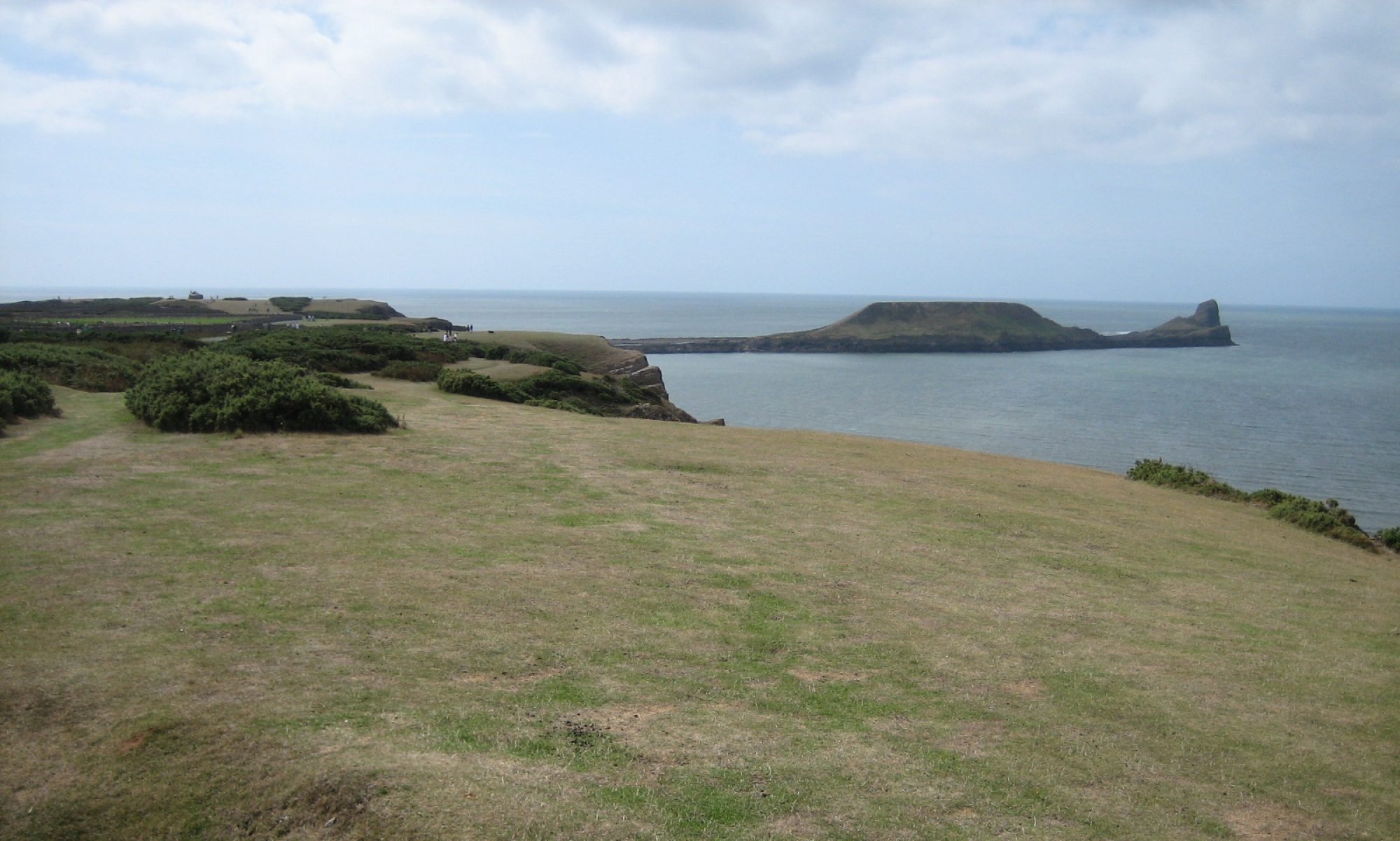Although I missed the original announcement, I am indebted to Jane Hart who shared the announcement Update on Google Wave (posted by Urs Hölze on the Official Google Blog) of Google’s decision to cease development of Google Wave:
We were equally jazzed about Google Wave internally, even though we weren’t quite sure how users would respond to this radically different kind of communication. The use cases we’ve seen show the power of this technology: sharing images and other media in real time; improving spell-checking by understanding not just an individual word, but also the context of each word; and enabling third-party developers to build new tools like consumer gadgets for travel, or robots to check code.
But despite these wins, and numerous loyal fans, Wave has not seen the user adoption we would have liked. We don’t plan to continue developing Wave as a standalone product, but we will maintain the site at least through the end of the year and extend the technology for use in other Google projects. The central parts of the code, as well as the protocols that have driven many of Wave’s innovations, like drag-and-drop and character-by-character live typing, are already available as open source, so customers and partners can continue the innovation we began. In addition, we will work on tools so that users can easily “liberate” their content from Wave.
(Emphasis mine).
I was enthusiastic about the potential at the time of the first developer preview at Google I/O 2009. During the beta test period, I was the first person at my University to get a Wave invite, and the guest passes went like hotcakes. (I was the most popular man on the intranet for a couple of days … it was like Cheers, everyone knew my name!)
But our experience probably matched most … wow that’s cool, we can see each other’s edits … followed quite quickly by what can we really do with it?
As an educationalist, I was also enthusiastic about the educational possibilities. With my new account, I subscribed to an open thread (actually started by Blackboard I just realise) on using the wave in education. I also started a similar thread locally. Visiting the open thread, you get an inkling about what might be wrong with the Wave. People seem to use it as a glorified chat client or a forum on steroids. They don’t seem to use it in the disciplined way needed to do real work with it. Indeed this may be a reason why a recent suggestion that we use Wave for a collaborative document creation project fell on deaf ears.
Wave is an excellent example of what can be done with HTML and JavaScript. The conversational tools are great for a back channel: has better context than Twitter for example, but it’s the conversation rather than the work that seems to dominate in the Wave client as it was released. There are strong hints in the Google announcement that Wave technology will be used in other Google services, but it looks like Wave as an app, like a mayfly, has had it’s day in the sun.
As you’d expect, there were immediate reactions to Google’s announcement from the Blogosphere before I wrote this post:
I’ll add more links as I see more reaction. For now, follow the links to [Google’s Real-time Search](http://www.google.co.uk/search?q=google+wave&hl=en&sa=X&prmd=nul&tbs=rltm:1&tbo=u&ei=33paTOmsI6G60gTtvfFg&oi=realtime_result_group_more_results_link&ct=title&resnum=7&ved=0CE8Q5QUwBg&cts=1280998148478) for the latest reaction from the Blogosphere and [Twitter](http://twitter.com/#search?q=google%20wave). It’s not in the top ten list of trending topics on Twitter yet, but it can only be a matter of time!
**Update**
If you were wondering what the wave was and how it should have been used, Gina Trapani wrote the book [The Complete Guide to Google Wave ](http://completewaveguide.com/)with Adam Pash that’s (still) available to read on-line.
Interesting side note, comments from US were being posted at 2.30 and 4.00 am local time. Don’t these guys sleep?

